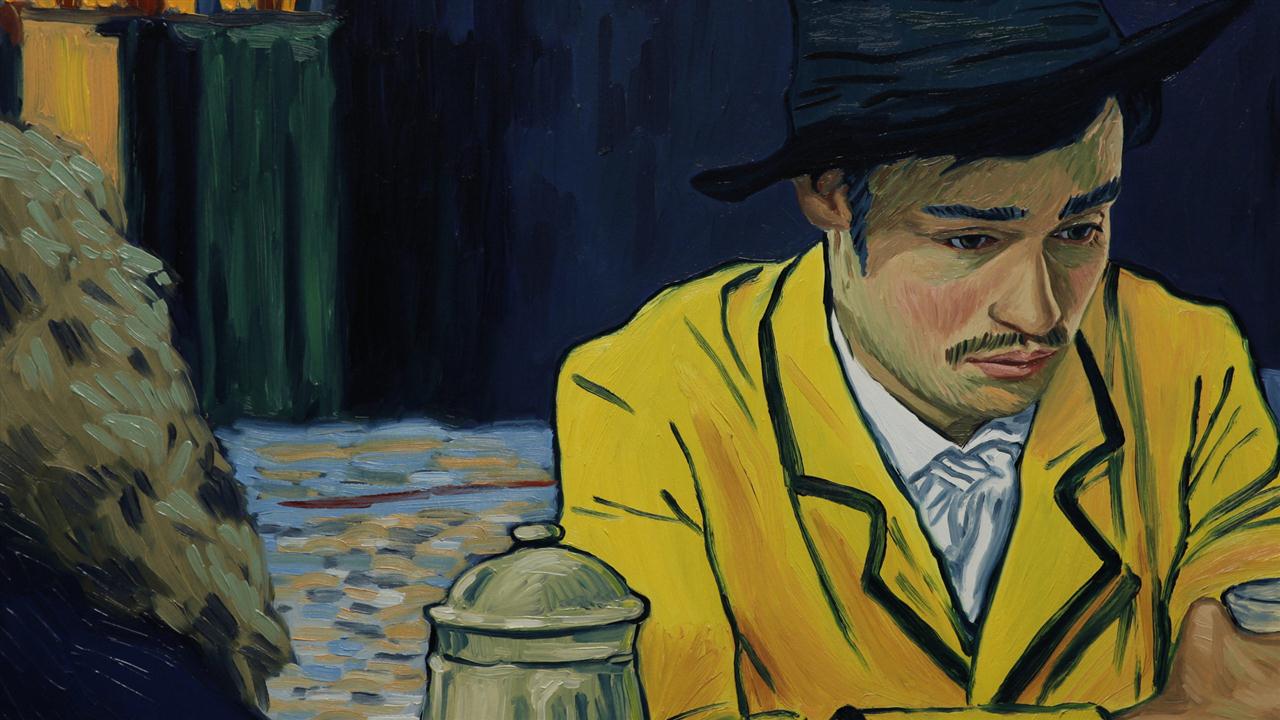Prepare to disappoint your inner dilettante. Even to amateur critics of culture, Loving Vincent is well and truly naff.
As a piece of art this film is a sensational display of talent, hard work and touching tribute to someone who had little-to-no platform at his creative peak. I will not dispute or discredit the time and effort of 125 artists who painted 65,000 frames for 853 shots over 6 years of development during which 1,345 paintings were discarded.
Visually the film is a triumph – retaining the shape and style of people and objects of van Gogh himself while stunningly placing it in motion. Piotr Dominiak’s depiction of Jerome Flynn as Doctor Gachet was particularly remarkable: vivid, fluid but firmly a painting all at once. This was not a cheap imitation of van Gogh’s work either. Each shot was distinct in its style, the personality of each artist came through and added an individual touch making it a tribute rather than a piggy-backing of talent.
My problem stemmed from the plot of the film itself which was, simply, mediocre. The film begins with Armand Roulin (Douglas Booth) in a fight about a mysterious letter written from Vincent van Gogh to his brother, Theo. Charged with delivering this letter by his postmaster father (Chris O’Dowd), Roulin travels to Paris and Auvers. We are invited into a cycle of Roulin interrogating those who knew van Gogh where they flash back into a black and white sketch of an event from his life. This happens for the entire film, taking on the form of a humdrum murderless mystery. By the end Roulin enters a heartfelt discussion with his father about why it does not matter how Vincent died, it is his life and art that should be celebrated. However, by this point, I was too bored for sentimentality.
A simple email around the cast would have solved the issue of actors adopting an eclectic jumble of accents that may have been some poorly executed attempt at indicating class within 19th Century provincial France. Booth spoke in a slightly-posh-cockney accent, his father, O’Dowd, remained Irish, as did Aiden Turner in his role as the boatman. Eleanor Tomlinson switched from her soft southern English accent to a northern drawl while playing Adeline Ravoux but Saoirse Ronan (Margaret Gachet) abandoned her Irish brogue for an English received pronunciation. Ironically, in the film’s infamous letter, van Gogh wrote: ‘we cannot speak other than by our paintings.’ Perhaps it would have been better to abandon dubbing and let the art speak for itself.
This is a perfect film for a hungover Sunday afternoon when you have obliterated too many brain cells to pick it apart. If you can simply switch off and enjoy this film somewhat mindlessly, taking in the colour and vision of the paintings then fantastic, but if you demand stimulating content then just stick to looking at paintings.
Rose Crees
(Image courtesy of Loving Vincent)

